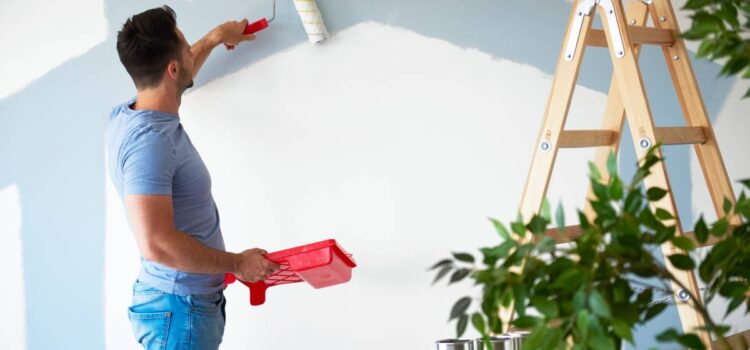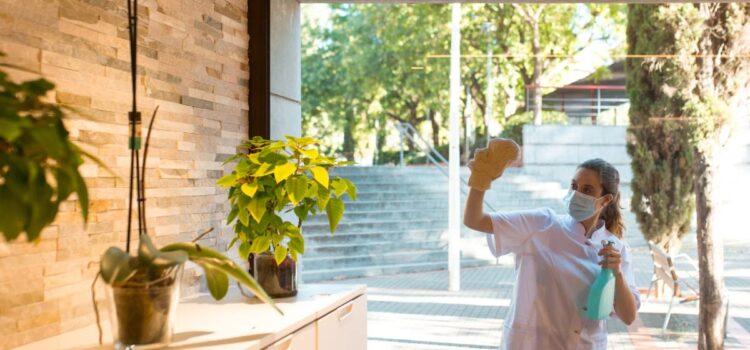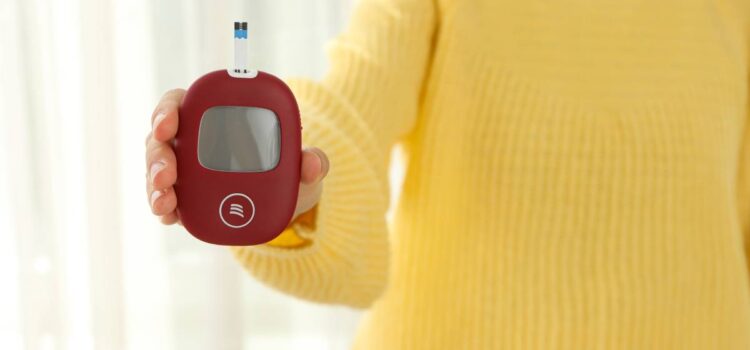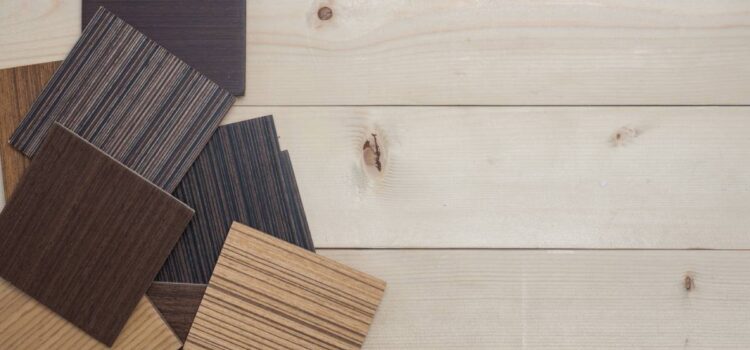Weather conditions like temperature, humidity, wind, and precipitation on painting, focusing on ideal conditions and the challenges of cold weather.


Weather conditions like temperature, humidity, wind, and precipitation on painting, focusing on ideal conditions and the challenges of cold weather.

The difference between cleaning and disinfecting? Why is it important? When is cleaning enough? How to effectively disinfect your home?

Meditation focuses on calming the mind and developing deep awareness, while mindfulness is the quality of being fully present and engaged in the moment.

The connection between sleep and Alzheimer’s disease, focusing on the critical role of sleep quality and disorders in the development and progression of the disease.

Manage postprandial glucose levels more effectively by knowing normal levels and using low‑GI foods, fiber, and regular post‑meal exercise habits consistently.

Being ignored can feel like emotional pain. This piece explores why silence hurts, its psychological triggers, and how to respond with strength and self-respect.

Some people are more productive at night due to their circadian rhythm which aligns with evening or nighttime hours. These individual are known as night owls.

Zone 2 running is a moderate-intensity exercise that burns fat and improves cardiovascular health, endurance, and oxidation, making it effective for fat loss.

Compares the pros and cons of replacing carpet with laminate flooring focusing on durability maintenance and value to help choose the best option for lifestyle.

Debris netting prevents falling debris and dust on construction sites, protecting workers and property. It is durable, lasting 1-5 years, and offers security.
Comments